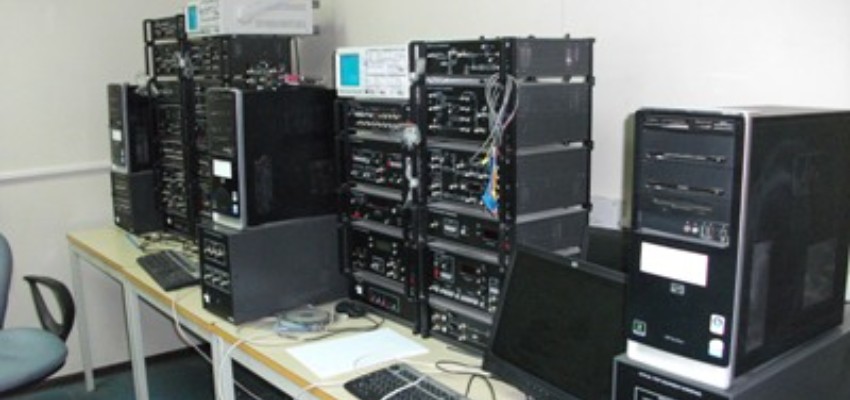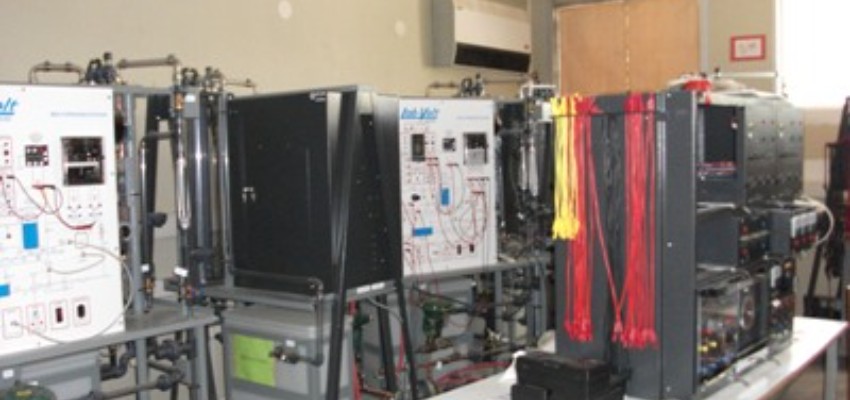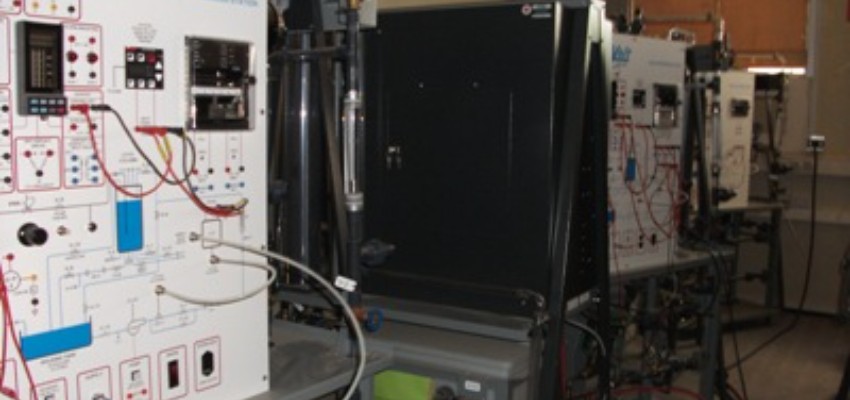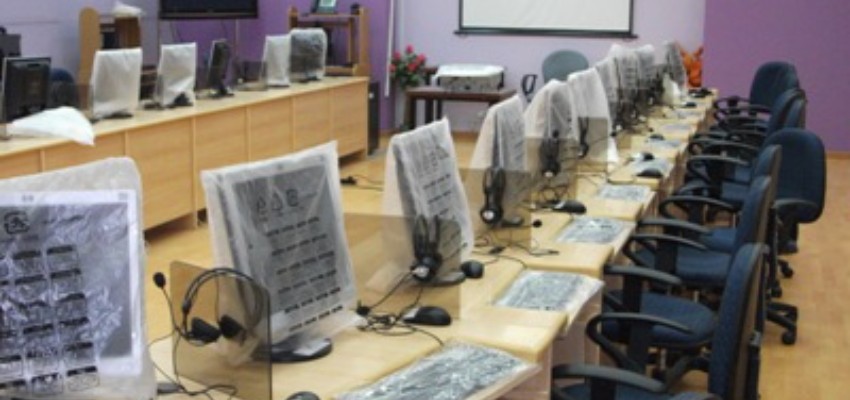قسم هندسة الحاسوب
المزيد ...حول قسم هندسة الحاسوب
أنشئ قسم هندسة الحاسوب في أواخر عام 1978م، كأحد أقسام كلية الهندسة النووية والإلكترونية آنذاك واستقبل أول مجموعة من طلابه عام 1979م، ويهتم تخصص هندسة الحاسب بعمليات التحليل والتصميم للنظم الالكترونية الرقمية والتماثلية وتطبيقاتها الهندسية والعلمية المختلفة. يتعلم الطالب بقسم الحاسوب خلال دراسته طرق تصميم واختبار النظم الالكترونية الرقمية والتماثلية والتحكم الآلي والمعالجات الدقيقة وكذلك شبكات الحاسب ونظم المعلومات وآخر التقنيات في مجال الحاسوب ونظم المعلومات والاتصالات. ويتولى تسيير البرنامج العلمي والبحثي بالقسم أكثر من 24 عضو هيئة تدريس في تخصصات مختلفة. وينعكس التطبيق العملي للمحاضرات النظرية من خلال التجارب المعملية التي يجريها الطالب حيث يتوفر لدى القسم العديد من المعامل المجهزة تجهيزاً حديثاً تغطى تخصصات مختلفة منها الدوائر الإلكترونية والمنطقية والبرمجيات والمعالجات الدقيقة والتحكم الآلي وشبكات الحاسب والقياسات والاتصالات.
ان الاتجاه العلمي لقسم هندسة الحاسب يرتكز على التصميم و التطبيق وإيجاد الحلول الملائمة للمشاكل التي تحتاجها مؤسسات الدولة. وخريج قسم هندسة الحاسب من مهام عمله وضع المواصفات لأجهزة الحاسبات وإعطاء الاستشارات الفنية لاختيار الأصلح منها وكذلك الإشراف على تركيبها وتشغيلها وإعداد التجهيزات الفنية اللازمة لها وتصميم وتطوير شبكات الحاسبات ومن ثم إدارتها, ومن واجباتـه أيضا المساهمة في تصميم الحاسبات الإلكترونية وشبكاتها والأجهزة الإلكترونية التي تعتمد عليها وتصميم نظم المعالجات الدقيقة وأنظمة التحكم.
حقائق حول قسم هندسة الحاسوب
نفتخر بما نقدمه للمجتمع والعالم
المنشورات العلمية
هيئة التدريس
الطلبة
الخريجون
البرامج الدراسية
بكالوريوس هندسة الحاسوب
يمضي الطالب خلال دراسته بالمرحلة الجامعية بالقسم قرابة الثمانية فصول دراسية يتلقى العديد من المحاضرات والتجارب العملية في المقررات الهندسية ألتخصصيه الإجبارية �...
التفاصيلمن يعمل بـقسم هندسة الحاسوب
يوجد بـقسم هندسة الحاسوب أكثر من 21 عضو هيئة تدريس

د. سامي إبراهيم أحمد البكباك
سامي البكباك هو احد اعضاء هيئة التدريس بقسم هندسة الحاسوب بكلية الهندسة. يعمل السيد سامي البكباك بجامعة طرابلس كـاستاذ مساعد منذ 1997-09-11 وله العديد من المنشورات العلمية في مجال تخصصه














